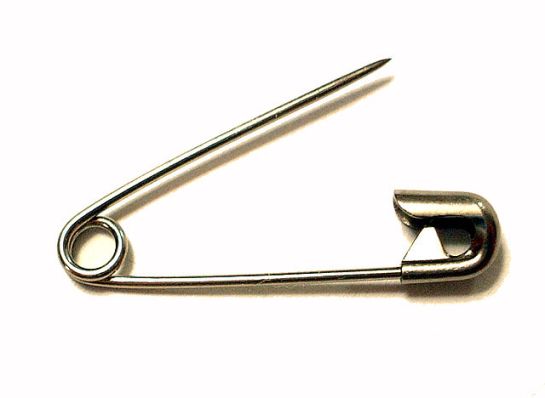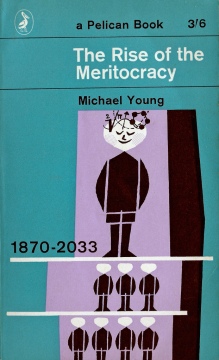by Lisa Wade
The average man thinks he’s smarter than the average woman. And women generally agree.
It starts early. At the age of five, most girls and boys think that their own sex is the smartest, a finding consistent with the idea that people tend to think more highly of people like themselves. Around age six, though, right when gender stereotypes tend to take hold among children, girls start reporting that they think boys are smarter, while boys continue to favor themselves and their male peers.
They may have learned this from their parents. Both mothers and fathers tend to think that their sons are smarter than their daughters. They’re more likely to ask Google if their son is a “genius” (though also whether they’re “stupid”). Regarding their daughters, they’re more likely to inquire about attractiveness.








